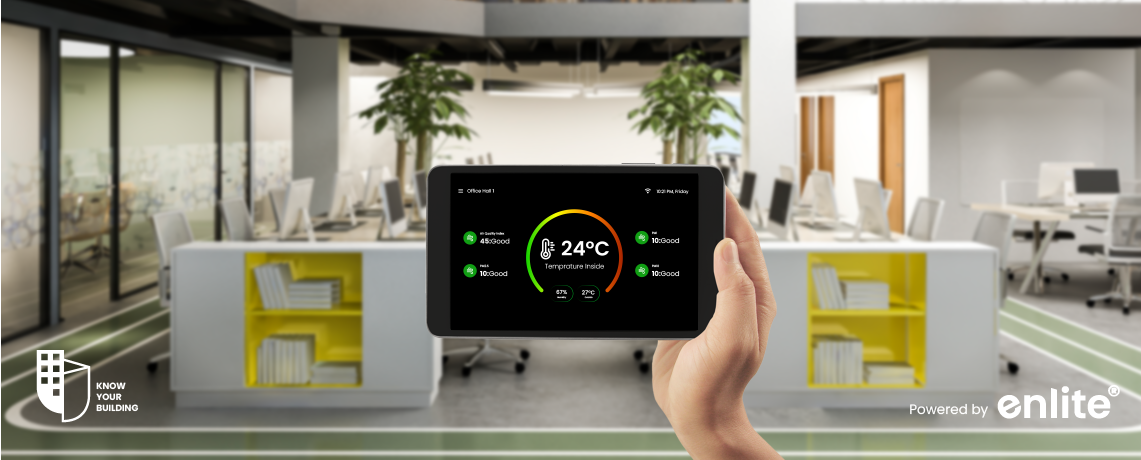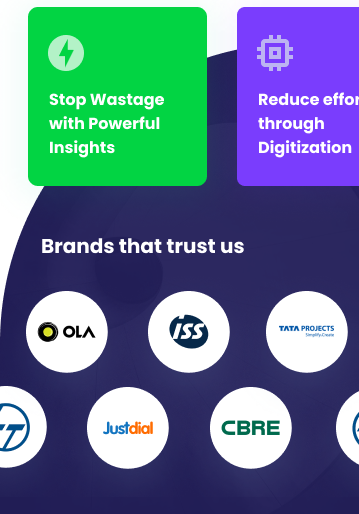Environmental Impact of Buildings: Key Facts
- Buildings account for nearly 40% of global carbon emissions. (World Green Building Council)
- Smart building technologies can reduce building energy use by 20–30%. (U.S. Department of Energy)
- Integrating Access Control with BMS can further lower emissions by optimizing operations based on real-time occupancy.
As cities grow and climate challenges intensify, reducing environmental impact has become a core priority for real estate owners, businesses, and facility managers.
Smart technologies like Cloud-Native Building Management Systems (BMS) and modern Access Control systems are playing a pivotal role in building greener, more responsible operations.
At Know Your Building®, we believe technology should not only power performance — it should power planet-positive outcomes.
How BMS and Access Control Drive Environmental Impact Reduction
1. Intelligent Energy Management
Smart BMS systems monitor and optimize:
- HVAC systems
- Lighting
- Plug loads
- Renewable energy integration
When combined with Access Control, systems automatically:
- Adjust lighting and HVAC based on real-time occupancy
- Power down unoccupied zones
- Prevent unnecessary energy wastage during low-traffic hours
✅ Impact:
Significantly lower energy consumption, carbon emissions, and operational costs — while enhancing occupant comfort.
2. Smarter Water Conservation
With integrated water management capabilities, Cloud-Native BMS can:
- Detect leaks and irregularities early
- Optimize water usage in cooling towers and irrigation
- Automate water conservation during periods of low building usage (informed by Access Control data)
✅ Impact:
Preservation of water resources, lower utility bills, and stronger compliance with green building standards.
3. Optimized Resource and Asset Usage
Access Control insights help:
- Reduce wear and tear on high-traffic areas by regulating flow
- Protect sensitive or sustainably sourced building materials
- Schedule predictive maintenance — extending asset life
✅ Impact:
Lower material wastage, minimized need for carbon-heavy replacements, and enhanced building longevity.
4. Data-Driven Sustainability Reporting
BMS platforms generate real-time reports on:
- Energy usage
- Water consumption
- Carbon footprint
- Occupancy patterns
This enables businesses to:
- Monitor their environmental impact transparently
- Simplify ESG and green certification reporting (LEED, WELL, GRESB)
- Continuously improve operational sustainability
✅ Impact:
Easier compliance, improved investor relations, and authentic progress toward climate goals.
5. Empowering Net Zero and Smart City Goals
Modern BMS and Access Control systems enable:
- Integration with renewable energy sources (solar, wind)
- Participation in grid demand response programs
- Contribution to broader smart city initiatives focused on resilience and decarbonization
✅ Impact:
Buildings become active contributors to a smarter, greener urban ecosystem — not just passive consumers.
Why Know Your Building® Leads in Sustainable Building Technology
At Know Your Building®, we provide Cloud-Native Wireless BMS and Integrated Access Control solutions that:
- Optimize building operations in real-time
- Reduce carbon, water, and material footprints
- Improve operational transparency and ESG compliance
- Deliver scalable, cost-effective sustainability solutions
Our mission: Turn every building into a smarter, greener, and more future-ready space.
🌟 Reduce Impact. Maximize Innovation. Lead the Change.
👉 Ready to cut your building’s environmental footprint with smart technologies?
Explore Know Your Building® and start your sustainability journey today.













